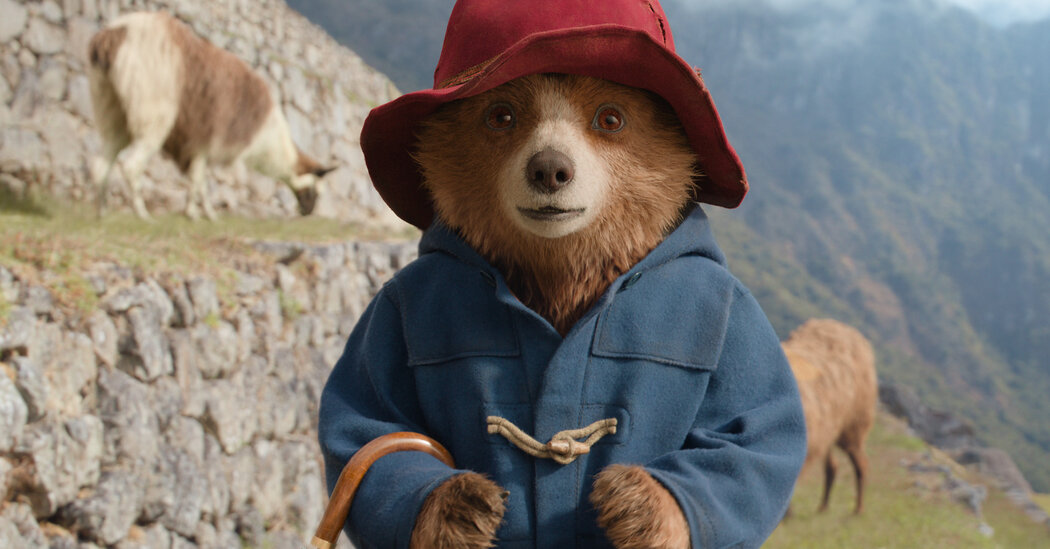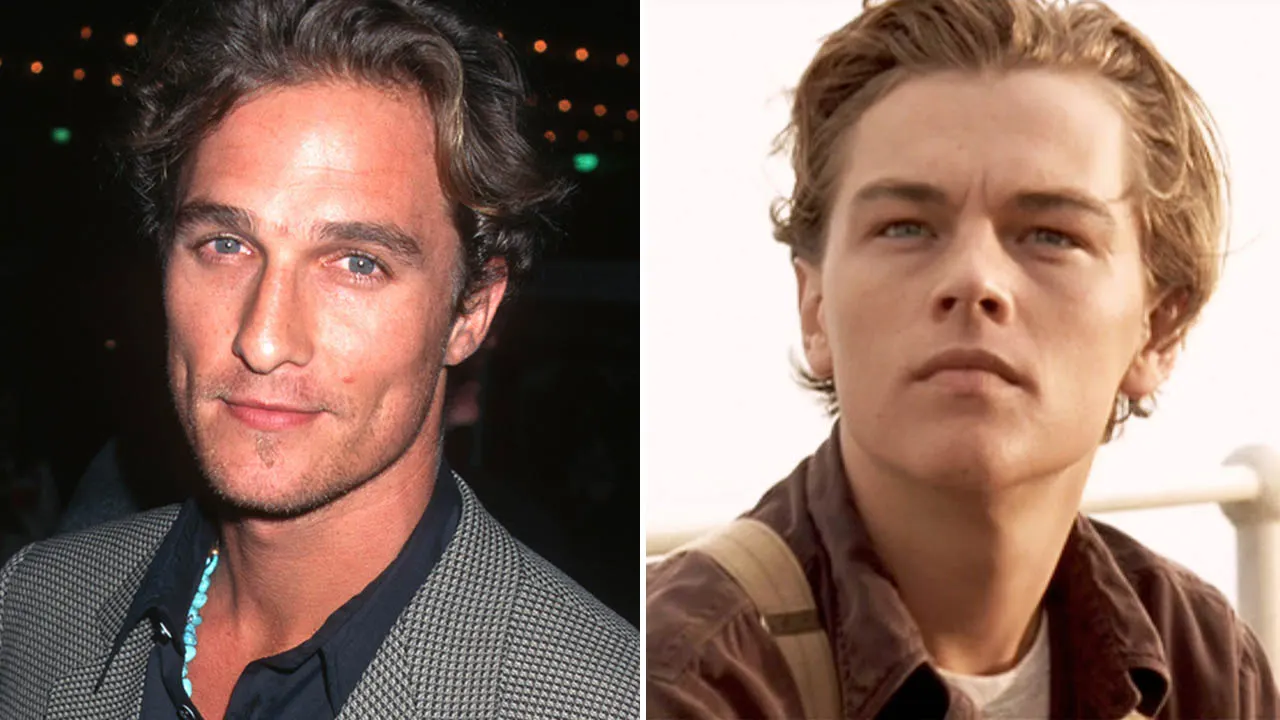Copyright The New York Times

The sight of Paddington Bear — with his red felt hat, blue coat, suitcase and a label around his neck — has become ubiquitous and beloved. He’s the star of three Hollywood movies. His likeness can be found on lunchboxes, mugs, onesies and countless other items. He has been honored with multiple statues in England, and has become all but a tourist attraction in London, where you can even buy “Paddington’s Emergency Marmalade” and visit “The Paddington Bear Experience.” And now, roughly seven decades since his creation by the British author Michael Bond, Paddington is coming to the stage in “Paddington: The Musical,” which opens next month at the Savoy Theater in London. Here’s how one of the world’s most beloved bears made it from the pages of a children’s book to the bright lights of the West End. It all started on Christmas Eve in 1956. Bond was shopping at Selfridges department store in London when he saw a lone toy bear sitting on a shelf, “looking very sorry for itself,” he said in an interview for the British Entertainment History Project in 2015. He walked away, but then turned back around. “Somehow, I felt sorry for this bear all by itself,” he said. Bond bought the toy as stocking filler for his wife and named it Paddington, after the train station close to their London home. Inspired by the little bear, Bond — who was then a TV camera operator for the BBC — started writing stories. Although he had no intention of producing a book, he finished one in 10 days. The publisher William Collins & Sons bought it for 75 pounds. “Paddington is eternally optimistic and always comes back for more, no matter how many times his hopes are dashed,” Bond told the Guardian in 2014. “Paddington’s very real to me.” Paddington was partly based on Jewish child refugees who came to England during Bond’s childhood in the 1930s, with labels around their necks giving their names and addresses, he told the newspaper. “Paddington, in a sense, was a refugee,” Bond said, “and I do think that there’s no sadder sight than refugees.” In total, Bond wrote nearly 30 “Paddington” books. They have sold tens of millions of copies worldwide and have been translated into at least 40 languages. From Peru to England He comes from “Darkest Peru,” a faraway fictional region of the South American country, where he lives with his aunt Lucy until she sends him to London as she prepares to move into a home for retired bears. It’s a long journey. But he arrives at Paddington Station, wearing a sign that reads, “Please look after this bear. Thank you.” Paddington is found by Mr. and Mrs. Brown, who take him to their house at 32 Windsor Gardens, where his new life comes to include the Brown children, Judy and Jonathan; their housekeeper, Mrs. Bird; a grouchy neighbor, Mr. Curry; and a Hungarian-born antiques dealer, Mr. Gruber. A signature look Both Paddington and his classic look have aged well. While numerous illustrators have drawn him over the decades — for books, the small screen, the big screen and endless keepsakes — his look has remained consistent. To this day, despite having gone full Hollywood, he wears his unmistakable blue duffel coat with toggle fastenings, a floppy felt hat and red rain boots. But more than his outfit, what has endured is his essence, which helps explain his popularity across multiple generations. Paddington represents kindness and the acceptance of those who may look different from you and have different backgrounds, Sonia Friedman, one of the producers of “Paddington the Musical,” said in a video interview. In the 1970s, Paddington leaped from the pages of books to the small screen with the TV show “Paddington Bear.” It looked different from most other children’s programs at the time: While the show’s other characters were represented by animated drawings, Paddington was a stop-motion animated puppet. Nearly 60 episodes of the show aired throughout the ’70s, and Bond wrote the scripts himself. The television show returned in the 1980s and 1990s with special episodes. Paddington’s presence on television also helped him gain international fame. Over the years, the series was aired in other countries, including in the United States and Japan. From the small screen there was only one logical place for Paddington to go: the big screen. His three live-action movies — “Paddington” (2014), “Paddington 2” (2017) and “Paddington in Peru” (2024) — are beloved by children, adults and critics. For a while, “Paddington 2” had a perfect score on Rotten Tomatoes. (It’s still doing pretty well at 99 percent.) The second installation also produced an memorable dance scene in which Hugh Grant, playing the film’s delightfully camp villain, dances in a glittery pink prison outfit. Tea with the queen It’s not often that a bear is invited to Buckingham Palace. But Paddington is not just any bear. In 2022, as part of the festivities for Queen Elizabeth II’s platinum jubilee, to celebrate her seven decades on the throne, Paddington appeared in a video in which he shared a mishap-prone afternoon tea with the visibly delighted monarch, catapulting himself to near-royal status. When Elizabeth died later that year, “Paddington became such a symbol,” said Eliza Lumley, another producer of the new musical. Amid the many floral tributes, some mourners left stuffed Paddington toys outside the palace in the queen’s honor. “It was extraordinary,” Lumley said. Paddington can also be found in solid form on England’s streets. There’s a statue of him at his namesake station, and last year 23 more sculptures, most of them temporary, were installed across Britain and Ireland to promote the release of “Paddington in Peru.” And if anyone causes trouble for these public tributes, Britain is highly protective of its adoptive bear. After two men vandalized a Paddington statue in Newbury, England — Bond’s birthplace — a judge had some choice words for the culprits at their sentencing this year. Emphasizing the bear’s kindness, acceptance and tolerance, the judge described the men’s actions as the “antithesis of everything Paddington stands for.” From Paddington Station, it’s a short journey to the Savoy Theater on the London subway — even if, as we learned in his live-action movies, Paddington himself may be better off taking a taxi, since the tube can be a daunting experience for a small bear. “Paddington: The Musical” will be the first major West End production that centers on Paddington’s story, and the score is by Tom Fletcher, a former member of the pop rock band McFly. Friedman and Lumley, the producers, said the show had been about seven years in the making. The musical is also a chance for Paddington fans to be in the room with him live, even if Friedman and Lumley declined to reveal how he would look onstage. (No spoilers! Paddington would not approve of spoilers.) They said they felt a responsibility to honor one of Britain’s most beloved characters, a bear that arrived in London vulnerable and alone, with nothing but a suitcase and his aunt Lucy’s plea that someone take care of him. “That’s what we are doing,” Friedman said. “We are looking after this bear.”



